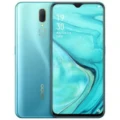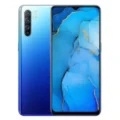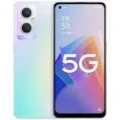Oppo A3 Pro (China)


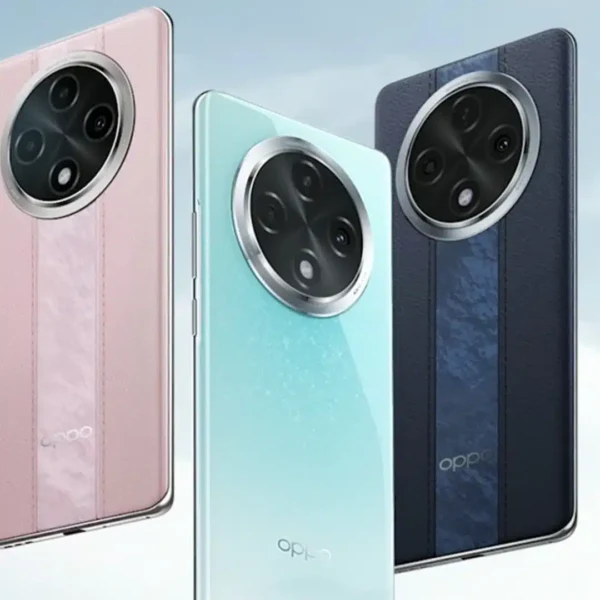
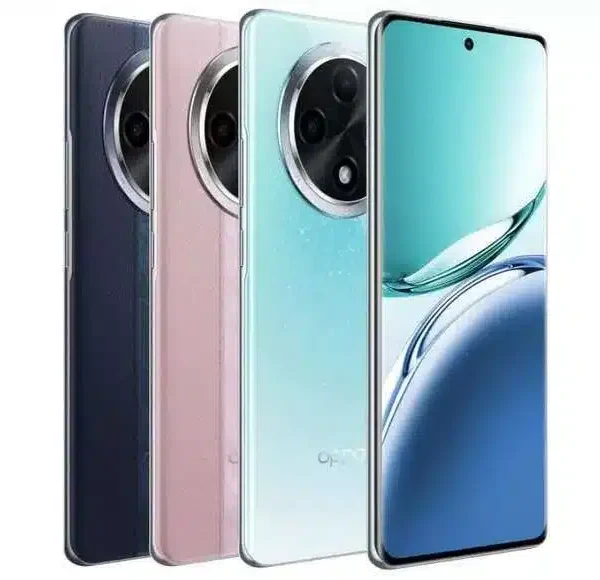

- : 8GB RAM Dimensity 6300
- : 6.67" 720x1604 pixels
- : 5100mAh 45W
- : 50MP 1080p
Oppo A3 Pro (China) Description
Overview
The Oppo A3 Pro is a stylish and powerful smartphone designed for users who seek a blend of performance and aesthetics. With its sleek design and robust features, it caters to both casual and power users.
Design
The Oppo A3 Pro boasts a modern and elegant design, featuring a large, vibrant display that enhances the viewing experience. Its slim profile and premium finish make it comfortable to hold and visually appealing.
Display
Equipped with a 6.3-inch Full HD+ display, the A3 Pro delivers stunning visuals with rich colors and sharp details. The 19:9 aspect ratio offers an immersive experience for gaming and media consumption.
Performance
Powered by a capable processor, the Oppo A3 Pro ensures smooth multitasking and efficient performance. With ample RAM and storage options, users can enjoy seamless app usage and gaming without lag.
Camera
The smartphone features a dual-camera setup on the rear, delivering impressive photography capabilities. The front-facing camera is perfect for selfies and video calls, offering various beauty modes for enhanced images.
Battery Life
With a substantial battery capacity, the A3 Pro provides all-day usage on a single charge. Quick charging technology ensures that users spend less time tethered to a power source.
Software
Running on ColorOS based on Android, the A3 Pro offers a user-friendly interface with customizable features. It comes with various pre-installed apps to enhance productivity and entertainment.
Connectivity
The device supports dual SIM functionality, 4G LTE, Bluetooth, and Wi-Fi, ensuring users stay connected wherever they go.
Want to Learn More?
Visit the Oppo Official Website
Still Unsure?
Explore Other Options at the Oppo Store
Specs
Network
| 2G Network GSM 850 / 900 / 1800 / 1900 - SIM 1 & SIM 2 (dual-SIM) CDMA 800 / 1900 |
GSM 850 / 900 / 1800 / 1900 - SIM 1 & SIM 2 |
| 3G Network | HSDPA 900 / 2100 |
| 4G Network | 1, 3, 5, 8, 28, 40, 41 |
| 5G Network | 1, 3, 5, 8, 28, 40, 41, 77, 88 SA/NSA |
| Speed | HSPA, LTE, 5G |
LAUNCH
| Announced | June, 2025 |
| Status | Available. Released 2024, June 21 |
BODY
| Dimensions | 165.8 x 76.1 x 7.7 mm (6.53 x 3.00 x 0.30 in) |
| Weight | 186 g (6.56 oz) |
| SIMs SIM (Subscriber Identity Module) is a small card that contains mobile network subscriber's account information. This allows the phone using the card to attach to a mobile network. The SIM card is most commonly associated with GSM and UMTS mobile networks. Moving a SIM card from one phone to another allows a subscriber to switch mobile phones without having to contact their mobile network carrier. SIM cards can also be used by a phone to store limited amounts of data, such as phone numbers and text messages. |
Dual SIM (Nano-SIM, dual stand-by) IP54, dust and splash resistant |
Display
| Display Type Display Technology => A number of display technologies and types used in mobile phones => TFT (Thin Film Transistor), IPS (In-Place Switching), OLED (Organic Light Emitting Diode), AMOLED (Active-Matrix Organic Light-Emitting Diode), Super AMOLED (an even advanced version of AMOLED), Resistive Touchscreen (Resistive touchscreens contain two layer of conductive material with a very small gap between them which acts as a resistance), Capacitive Touchsceen (Capacitive touchscreen technology consists of a layer of glass coated with a transparent conductor) | IPS LCD, 120Hz, 1000 nits (HBM) |
| Size | 6.67 inches, 107.2 cm2 (~85.0% screen-to-body ratio) |
| Resolution | 720 x 1604 pixels, 20:9 ratio (~264 ppi density) |
| Protection Display Protection => Gorilla Glass is a special alkali-aluminosilicate glass shield with exceptional damage resistance that helps protect mobile displays from scratches, drops, and bumps of everyday use, It is always better to go for a smartphone with Gorilla Glass for that added protection and peace of mind. | Panda glass |
PLATFORM
| Operating System OS => Every computer system run on a base software called Operating System (OS). Operating System controls all basic operations of the computer (such as smartphone, PDAs, tablet computers and other handheld devices). The Operating System allows the user to install and run third party applications (apps), apps are used to add new functionality to the device. | Android 14, ColorOS 14 |
| Chipset Chipset is a group of integrated circuits designed to perform one or a more dedicated functions, often with real time computing constraints, Popular smartphones are equipped with more advanced embedded chipsets that can do many different tasks depending on their programming. | Mediatek Dimensity 6300 (6 nm) |
| CPU CPU (Central Processing Unit) mostly known as processors, CPU processes instructions in order to carry out certain functions that make your device operate properly. Processors are often described as the brain of computers, smartphones and tablets, Smartphones and tablets rely on processors to carry out their every task, Processors are an incredibly important factor in selecting any type of computing device, including your smartphone. | Octa-core (2x2.4 GHz Cortex-A76 & 6x Cortex-A55) |
| GPU GPU (Graphics Processing Unit) is a single-chip processor designed to rapidly manipulate and alter memory to accelerate the creation of images in a frame buffer intended for output to a display, This includes things such as lighting effects, object transformations, and 3D motion. | Mali-G57 MC2 |
MEMORY
| Card Slot Memory Card Slot is a special slot for inserting a memory card. Memory cards allow you to expand the phone's built-in memory, A memory card (sometimes called a flash memory card or a storage card) is a small storage medium used to store data such as text, pictures, audio, and video, for use on small, portable or remote computing devices such as mobile phones, mp3 players, digital cameras. | microSDXC |
| Internal | 128GB 8GB RAM, 256GB 8GB RAM UFS 2.2 |
MAIN CAMERA
| Cameras Specs Today’s smartphones come equipped with a very comprehensive set of camera related specifications. Our smartphone, for many of us, has become our primary camera due to it being the one we always have with us. |
50 MP, f/1.8, (wide), PDAF 2 MP, f/2.4, (depth) |
| Video | 1080p@30/60fps |
| Camera Features |
LED flash, HDR, panorama |
SELFIE CAMERA
| Cameras Specs Today’s smartphones come equipped with a very comprehensive set of camera related specifications. Our smartphone, for many of us, has become our primary camera due to it being the one we always have with us. |
8 MP, f/2.0, (wide) |
| Video | 1080p@30fps |
SOUND
| Loudspeaker | Yes |
| 3.5mm jack | Yes |
COMMS
| WLAN |
Wi-Fi 802.11 a/b/g/n/ac, dual-band |
| Positioning |
GPS, GALILEO, GLONASS, BDS |
| Bluetooth Bluetooth is a wireless communications technology for exchanging data between mobile phones, headsets, computers and other network devices over short distances without wires, Bluetooth technology was primarily designed to support simple wireless networking of personal consumer devices. | 5.3, A2DP, LE, aptX HD |
| Infrared Infrared connectivity is an old wireless technology used to connect two electronic devices. It uses a beam of infrared light to transmit information and so requires direct line of sight and operates only at close range. | |
| USB | USB Type-C 2.0, OTG |
| NFC NFC (Near field communication) is a set of standards for smartphones and similar devices to establish peer-to-peer radio communications with each other by touching them together or bringing them into proximity, usually no more than a few inches. | |
| Radio |
Features
| Sensors Sensors are electronic components that detects and responds to some type of input from the physical environment. The specific input could be light, heat, motion, moisture, pressure and location, The output is generally a signal that is converted to use in computing systems, a location sensor, such as a GPS receiver is able to detect current location of your electronic device. |
Fingerprint (side-mounted), accelerometer, proximity, compass |
BATTERY
| Battery Type Battery Type => Cell phones run on various kinds of batteries depending on the manufacturer, phone size or shape and features. There are basically four types of cell phone batteries => Lithium Polymer, Lithium Ion, Nickel Metal Hydride and Nickel Cadmium. | Li-Ion (Lithium Ion) |
| Charging The functionality responsible for recharging batteries in portable devices, such as mobile phones, significantly influences both battery lifespan and the practicality of daily product usage.The charging process, encompassing factors like voltage, current, and completion actions, is contingent upon the battery's size and type.Contemporary battery chargers dynamically adjust charging parameters based on the battery's current charging state. Charging an empty battery poses no safety risk, allowing for a quicker charging process. Consequently, many charging speed benchmarks, including ours, specify the battery level achieved after a 30-minute session on an empty battery.Standard chargers with a power output of 5V/1A, equivalent to 5W, serve as a baseline, with anything surpassing this speed classified as quick or fast charging. | 45W wired, 50% in 30 min (advertised) |
MISC
| Colors |
Moonlit Purple, Starry Black |
| Price | About 200 EUR |
TESTS
Reviews
Disclaimer Note
We strive to maintain accurate and up-to-date content on our website for general information purposes only. Please refrain from using the material for business, legal, or any other decisions.


